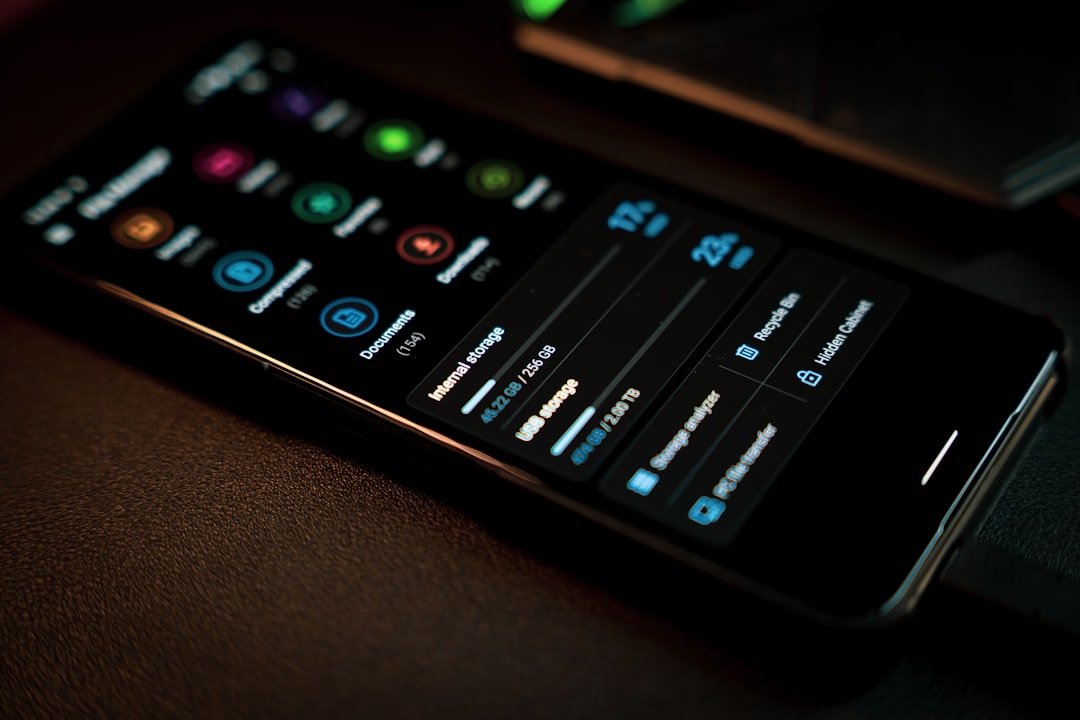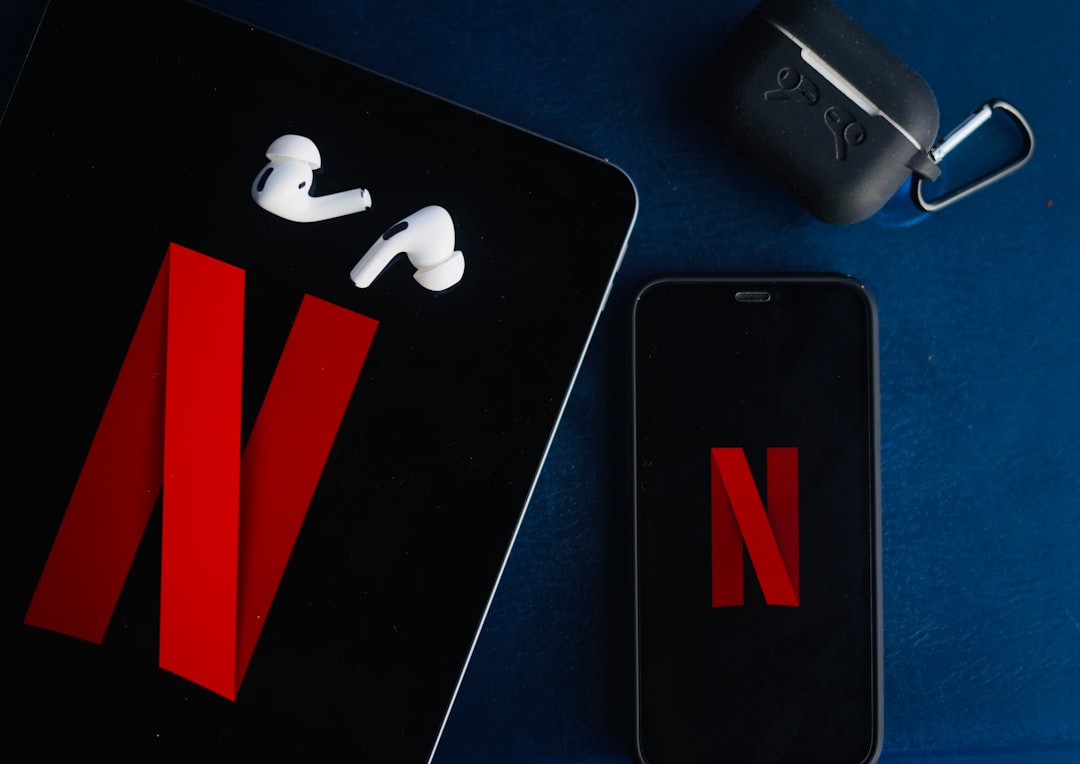As the landscape of home entertainment continues to evolve, the choice between traditional cable TV and modern streaming services has become increasingly more complex. At the heart of this decision for many consumers is the matter of DVR capability—namely, how and where you can record your favorite shows and watch them on your time. Digital Video Recording (DVR) functionality varies significantly between cable and streaming services, and understanding these differences is key to making an informed decision about your home entertainment setup.
Understanding DVR: The Basics
DVRs emerged as a groundbreaking technology in the late 1990s, allowing viewers to pause live TV, skip commercials, and record episodes for later viewing. Traditionally, DVRs were devices physically attached to set-top boxes, storing content locally on hard drives. With the rise of broadband internet and cloud computing, streaming platforms have now begun to offer their own type of DVR capabilities—often cloud-based—with their own strengths and limitations.
This comparison between cable and streaming DVRs takes into account various factors such as storage capacity, functionality, accessibility, and cost.
Cable DVRs: A Hardware-Centric Approach
Cable DVRs are hardware-based devices that are integrated into or connected with your cable provider’s set-top box. These DVRs are often rented from your provider, such as Comcast’s Xfinity X1 or Spectrum’s Cloud DVR box.
Advantages of Cable DVR:
- Local Storage: Cable DVRs typically come with hard drives ranging from 500GB to 1TB, allowing users to store hundreds of hours of HD content.
- Control: Users have full control over the quality and quantity of recordings, including Series Record settings, manual scheduling, and real-time recording.
- Offline Access: Content stored locally can often be watched without internet connectivity.
Disadvantages of Cable DVR:
- Device Limitations: You can usually only access recordings through the original DVR device or a limited number of associated TVs.
- Additional Fees: Monthly DVR service and equipment rental fees are almost always required and can add up over time.
- No True Portability: Unlike streaming services, you can’t stream your DVR content on the go unless specifically supported through an app.

Streaming DVR: Embracing the Cloud
Streaming DVRs are typically cloud-based and integrated into platforms like YouTube TV, Hulu + Live TV, Sling TV, and fuboTV. These services allow users to schedule and manage recordings via apps, without the need for separate hardware.
Advantages of Streaming DVR:
- Anywhere Access: Being cloud-based means you can access your recordings from smartphones, tablets, smart TVs, and computers as long as you have internet access.
- No Equipment Required: You don’t need to rent or maintain any hardware, reducing clutter and potential technical issues.
- Unlimited or Large Storage: Some services like YouTube TV offer unlimited cloud storage, while others offer generous limits (often 50-200 hours).
Disadvantages of Streaming DVR:
- Internet Dependency: Cloud DVR means no offline access—if your internet is down or unstable, your access to recordings may be affected.
- Expiration of Recordings: Most recordings are only stored for a limited time—commonly 9 months—before being automatically deleted.
- Ad Skipping Restrictions: Some services do not allow ad-skipping on certain recordings unless you upgrade to a more expensive package.

Functionality Comparison: Features That Matter
When evaluating DVR capabilities, the core features that set cable and streaming apart include:
- Recording Multiple Shows: Cable DVRs often limit simultaneous recordings to 2-6 shows depending on your plan. Streaming services like YouTube TV can handle unlimited recordings across multiple profiles.
- User Profiles: Streaming DVRs typically offer support for multiple users with individual libraries. Cable DVRs, in contrast, generally maintain a single shared library.
- Content Search & Discovery: Streaming services excel at intuitive, AI-driven search features for setting recordings, while cable systems still rely on more traditional Guide-based setups.
Cost Considerations
Cost is a major factor in the cable vs. streaming debate. Here’s how DVR expenses stack up:
- Cable DVR Costs: Expect to pay $10–$20 per month for DVR service, plus $10–$15 more in equipment rentals.
- Streaming DVR Costs: Most live TV streaming services include DVR in their base packages. Upgraded DVR tiers may cost an additional $5–$10 per month.
While some cable providers offer promotions or discounts for bundling services, the long-term cost of cable DVR service tends to be higher over time than the streaming equivalent.
Reliability and Performance
Performance and reliability also play a significant role in determining which DVR system is best for you.
Cable DVRs: Compared to streaming, cable DVRs provide stable, consistent performance, not reliant on bandwidth. However, hard drive failures or storage limitations can affect functionality over time.
Streaming DVRs: Relying on cloud storage and fast internet, these are more flexible but also more vulnerable to buffering and service interruptions in areas with spotty internet.
Use Case Scenarios
Different users will benefit from different DVR systems depending on their needs:
- Heavy TV Watchers: Cable DVR may appeal more to traditional TV viewers, especially those with established habits of recording and watching network shows weekly.
- Younger or Mobile Audiences: Streaming DVR is a natural fit for those who consume content on multiple devices and value flexibility in when and where they watch.
- Families: With individual profiles and unlimited storage, streaming DVR has the edge for large households with diverse viewing habits.
Future Trends in DVR Technology
The future of DVR is undoubtedly tipping toward streaming. As more households cut the cord, services are investing increasingly in powerful cloud DVR features. Innovations such as AI-based content recommendations, personalized playback features, and ad-skipping capabilities hint at a smarter, more interactive DVR experience in the years to come.
Cable companies are also adapting, offering hybrid models and apps that mimic streaming DVR benefits. Nonetheless, the hardware-centric legacy of cable still poses limitations that streaming platforms are rapidly outgrowing.

Conclusion
Ultimately, choosing between cable and streaming DVR depends on your lifestyle, budget, and viewing preferences. If local storage, offline access, and hardware reliability are your priorities, cable DVR may serve you best. If access across devices, cloud storage, and customization are important, streaming DVR options are likely more suitable.
As both technologies continue to evolve, consumers are encouraged to review the specific capabilities and limitations of their chosen provider, staying informed about how DVR features align with their evolving entertainment habits.
The choice isn’t just about recording shows—it’s about how you interact with your media, how you manage your time, and how much control you want over your content. In a world where flexibility increasingly trumps tradition, understanding your DVR options is more essential than ever.

